Finding a definitive version of the history to Wat Nokor can prove elusive.
In
Ethnic Chinese in Cambodia, Penny Edwards
offers two versions of oral history about the thirteenth century Chinese temple at Wat Nokor in Kompong Cham.
These relate how either the Khmer Prince Serei Sokun-Nobot or King Jayavarman VII built the temple to repay Chinese who had saved their life.
Tales of Asia website also puts a somewhat cheeky
spin on the first of these two legends.
Legend 1: Khmer prince named Serei Sokun-nobot, who was fond of fishing, is swallowed by a giant fish which then swam to China. A Chinese fisherman eventually splits open the fish's belly and took the prince to the Chinese Emperor. The Emperor recognised Serei Sokun-nobot and provided three boats for him to sail back to Kompong Cham where he settles with his Chinese escort. Serei Sokun-nobot finds a wife, who on their wedding day sees a mole on the Prince’s head realises this is her long lost son. "You are the son I lost to the river when you went fishing one day as a little boy," she cries. When she discovered that the Chinese had brought him back to Cambodia, the mother asked her son to let the Chinese build a temple in the grounds of the Khmer palace at Wat Nokor.
Legend 2: Partly based on an inscription at Wat Nokor. In the thirteenth century, Jayavarman VII was attacked by Cham forces, who stormed the Bayon palace. He fled to Siam to ask for help. Jayavarman VII returned to the Bayon palace but the Chams defeated the Khmers.
Jayavarman VII then asked a Chinese fortune-teller, "Will I ever be King again?" The Chinese fortune-teller predicted "Yes, you will, but first you must head east."
So the King asked the Chinese to prepare a boat for him and to travel with him so that he could hide himself among the Chinese passengers. A boat was prepared, and he headed east by river, while his troops headed east by land, on elephants. When they reached the Mekong, they stopped. The Cham troops followed him there, which is why that place is known today as Kompong Cham.
Siamese troops arrived and attacked the Chams. The Khmer troops waited until both sides were exhausted, and then joined in the fray. They pushed the Chams back as far as Kroch Chmar, and they pushed the Siamese troops back down the Mekong river. Many Siamese were killed in this battle, and hence the place-name "Kompong Siam."
Peace came to Cambodia again, and Jayavarman VII set up a new palace at Kompong Cham, known as Wat Nokor. As an expression of his gratitude to the Chinese who had helped him escape, he invited the Chinese to live in the palace grounds and had a Chinese temple built for them.


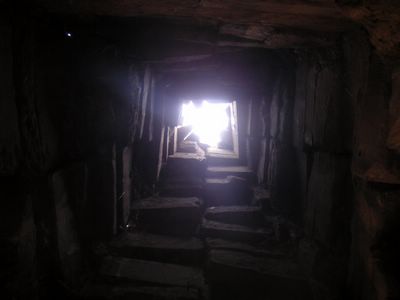


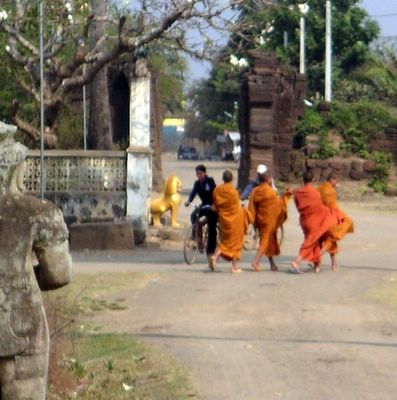

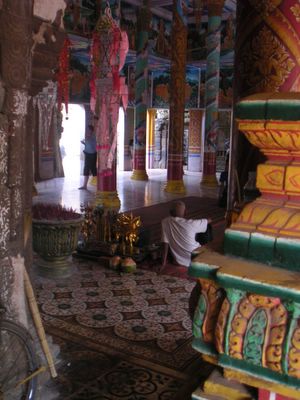



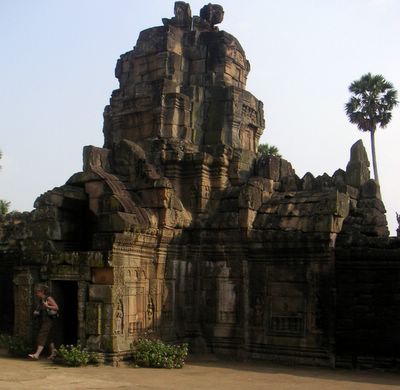

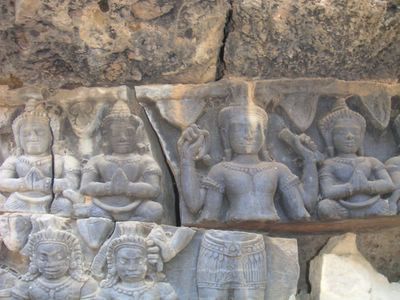
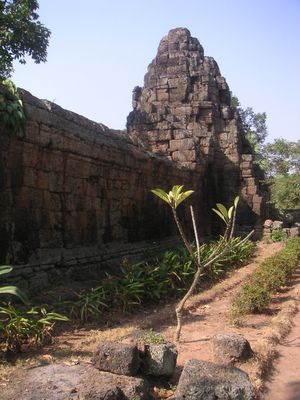

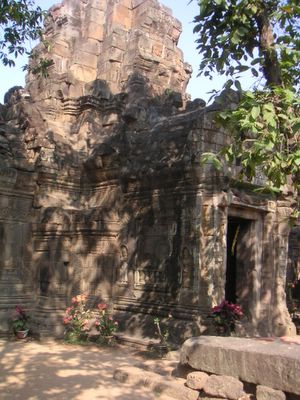


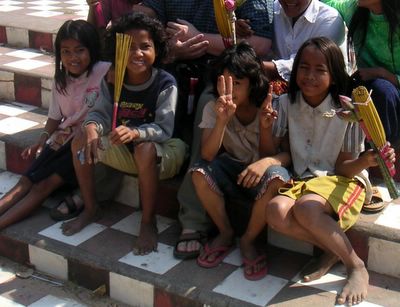




.jpg)
.jpg)


